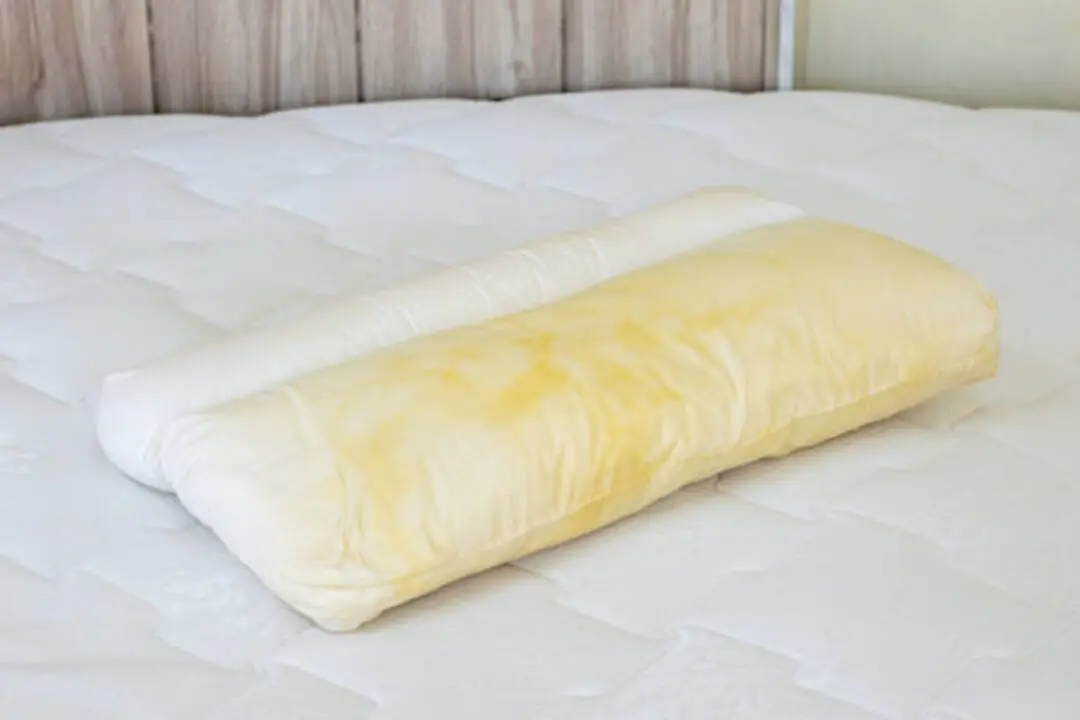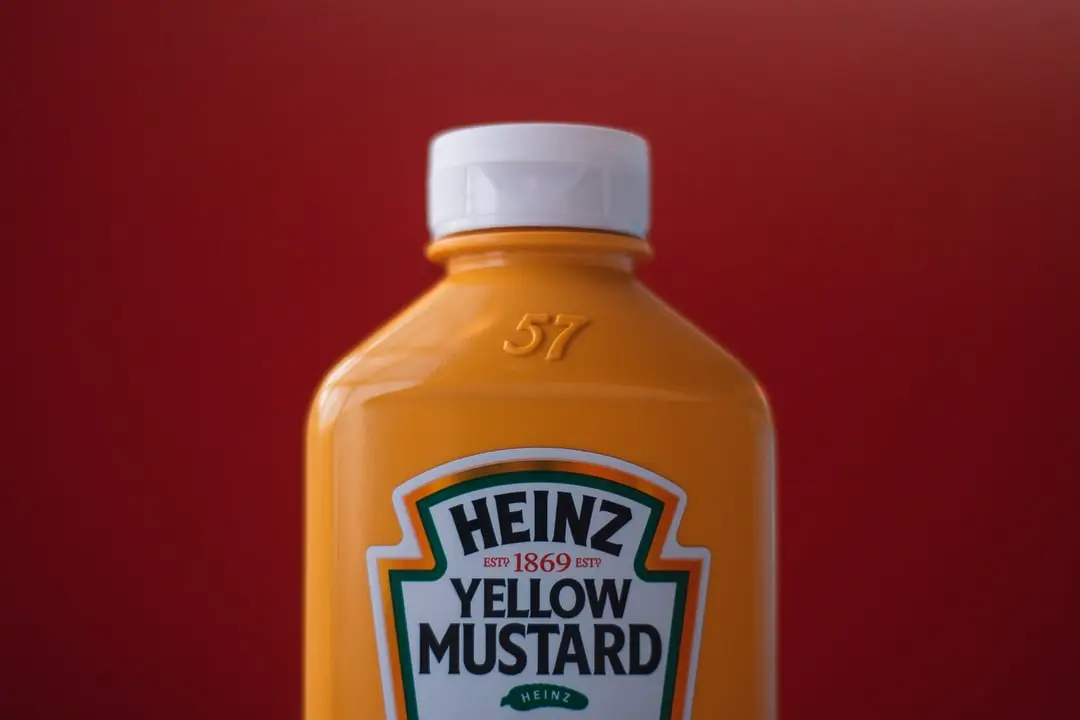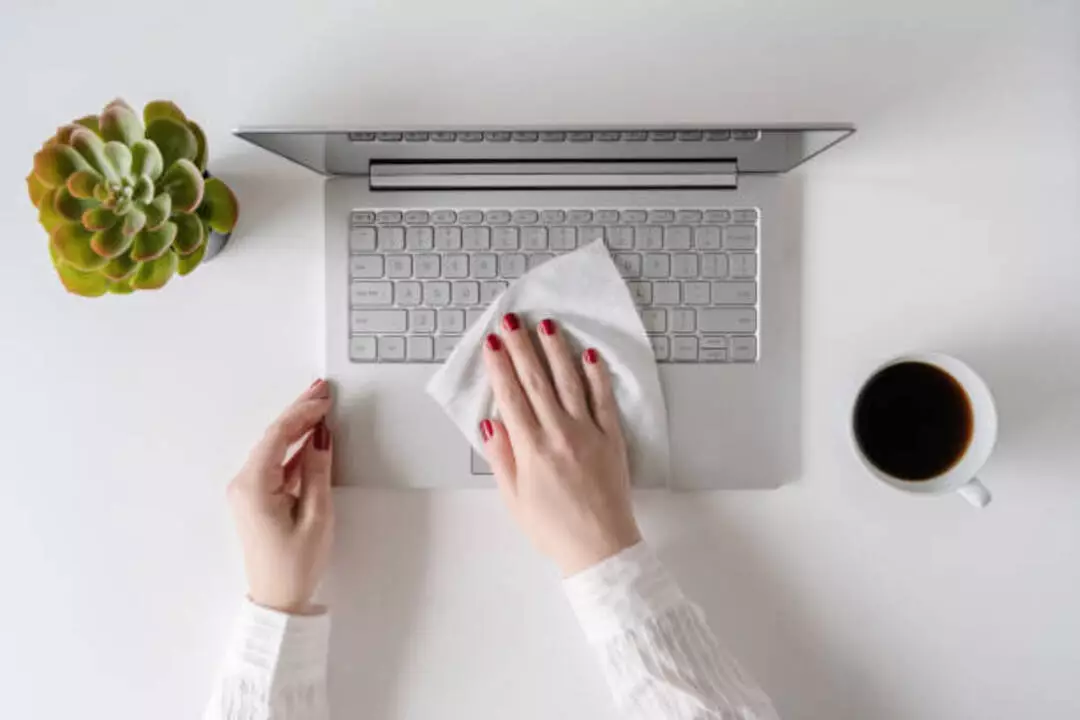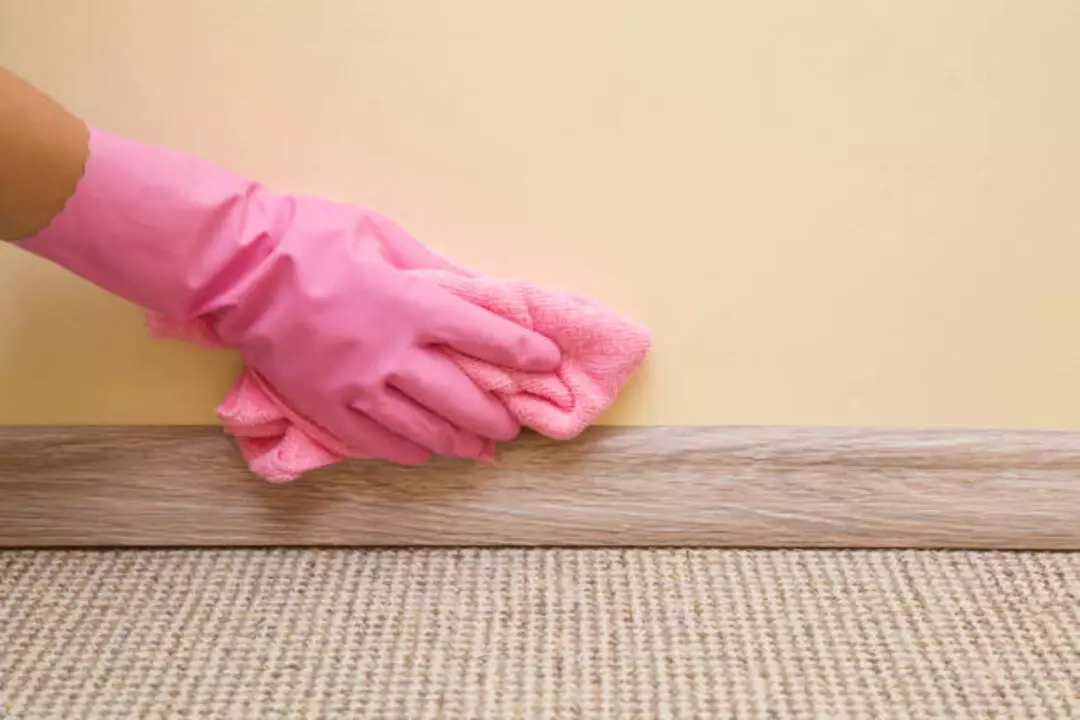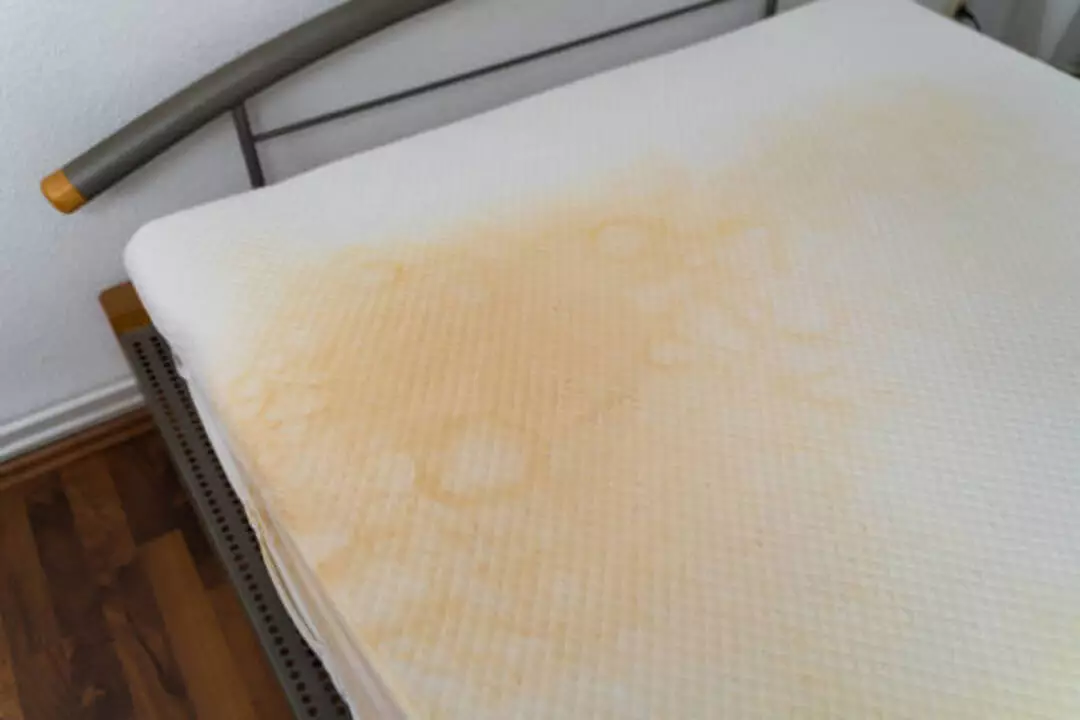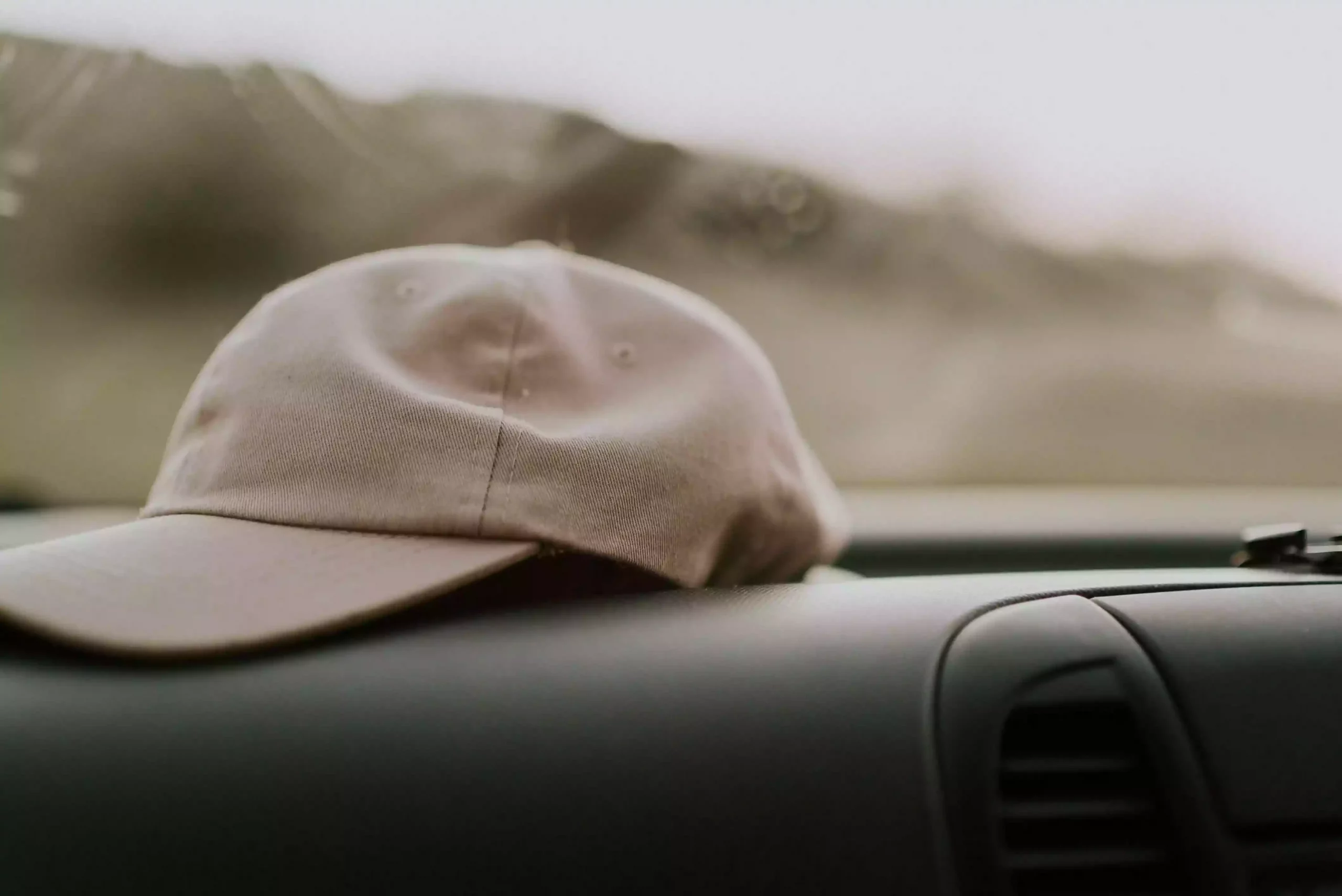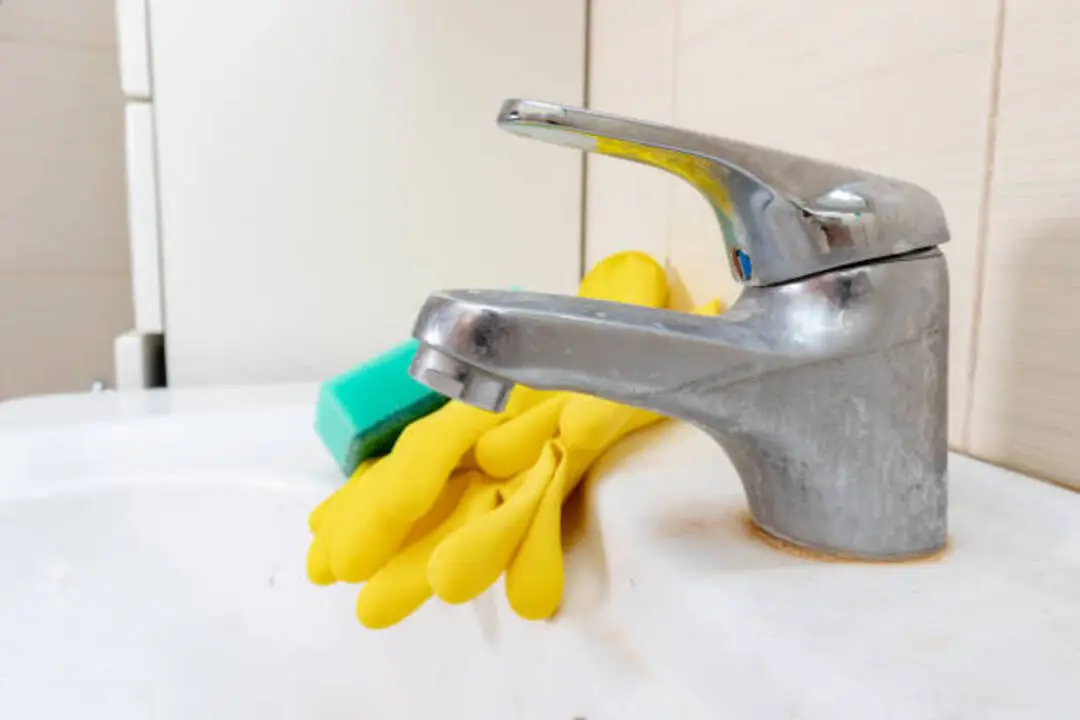Are you noticing unsightly mold on your favorite suede shoes? Mold can easily develop due to the porous nature of suede and improper cleaning techniques.
This blog post will guide you through effective methods to remove mold stains, restoring your shoes to their former glory.
Stay tuned for practical, easy-to-follow steps that will make your footwear look as good as new!
Key Notes
- Mold can appear on suede shoes due to their porous nature, lack of use, improper cleaning, damp conditions, and poor ventilation.
- Effective methods for removing mold from suede shoes include using vinegar or rubbing alcohol. It’s important to test these solutions on a small area first and brush away surface mold before applying the solution.
- To prevent mold on suede shoes, avoid wearing them in wet environments, regularly inspect and clean them, and use waterproofing agents.
Why Does Mold Appear on Suede?

Mold appears on suede due to its porous nature, lack of use, improper cleaning, damp conditions, and poor ventilation.
1. Porous nature of suede
The Suede has many tiny holes. These are called pores. They can hold water and dirt. The mold finds this cozy to live in. So, suede shoes get moldy easily if you don’t keep them clean and dry.
2. Lack of use
If you don’t wear your suede shoes often, mold can start growing on them. Mold likes damp and dark environments, so when the shoes are left unused for a long time, moisture can build up and create a perfect breeding ground for mold.
Mold spores can also settle on the shoes from the air if there’s not enough ventilation in the area where they’re stored. So, even if you’re not wearing your suede shoes regularly, it’s still important to check on them and keep them dry to prevent mold growth.
Regularly inspecting and cleaning your suede shoes will help keep them in good condition and protect them from mold.
3. Improper cleaning
Improper cleaning methods can contribute to the growth of mold on suede shoes. Using excessive water or soaking suede shoes can cause the material to become damp, creating favorable conditions for mold growth.
Harsh chemicals and abrasive cleaners should also be avoided, as they can damage the delicate fibers of suede. It is important to use gentle cleaning solutions specifically designed for suede and follow proper cleaning techniques.
Regularly inspecting and gently brushing off any surface dirt or debris from suede shoes can help prevent mold growth and maintain their cleanliness.
4. Damp conditions
Damp conditions can contribute to the growth of mold on suede shoes. When suede shoes are exposed to moisture or stored in a damp environment, it creates the perfect breeding ground for mold.
The porous nature of suede makes it prone to absorbing and retaining moisture, which can lead to mold development. To prevent mold from appearing on your suede shoes, make sure they are kept in a dry place with proper ventilation.
Avoid wearing them in wet environments or storing them in areas with high humidity. Regularly inspect and clean your shoes to remove any signs of moisture and prevent mold growth.
5. Poor ventilation
If your suede shoes are stored in an area with poor ventilation, it can create a damp environment that is ideal for mold growth. Mold thrives in areas with high humidity and limited air circulation.
When there’s not enough airflow to dry out moisture or prevent condensation, the chances of mold developing on your suede shoes increase. To avoid this, make sure to store your shoes in a well-ventilated area where air can freely circulate.
This will help prevent the buildup of excess moisture and reduce the risk of mold growth on your suede shoes.
Effective Methods to Remove Mold From Suede Shoes
To remove mold from suede shoes, you can try the vinegar method or the rubbing alcohol method, or consider using cornstarch, a suede eraser, or commercial suede cleaner.
1. Vinegar method: Wear a mask, brush up, apply vinegar, and dry off
To remove mold from suede shoes using the vinegar method, follow these steps:
- Wear a mask to protect yourself from inhaling mold spores.
- Use a suede brush to gently brush off any surface mold from the shoes.
- Dip a clean cloth or sponge into white vinegar.
- Gently dab the vinegar onto the moldy areas of the suede shoes.
- Allow the vinegar to sit on the shoes for about 30 minutes to help kill the mold.
- Wipe off any excess vinegar with a clean cloth or sponge.
- Let the shoe air dry completely in a well-ventilated area, away from direct sunlight.
2. Rubbing alcohol method: Work outdoors, brush up, apply petroleum jelly, wipe with rubbing alcohol, and allow to dry
To remove mold from suede shoes using the rubbing alcohol method:
- Work outdoors to ensure good ventilation.
- Brush up the suede shoes to remove any loose mold spores.
- Apply petroleum jelly to the moldy areas, as this will help loosen and lift the mold.
- Wipe the affected areas with a clean cloth soaked in rubbing alcohol.
- Allow the suede shoes to air dry completely before wearing them again.
3. Other methods: Cornstarch, suede eraser, commercial suede cleaner
To remove mold from suede shoes, you can also try these methods:
- Cornstarch: Sprinkle cornstarch on the moldy area and let it sit overnight. Then brush off the cornstarch with a suede brush or soft cloth.
- Suede eraser: Use a suede eraser to gently rub away the mold stains. Make sure to follow the instructions provided with the eraser.
- Commercial suede cleaner: There are various commercial suede cleaners available on the market. Follow the instructions on the product label to effectively remove mold from your suede shoes.
How To Prevent Mold on Suede Shoes

To prevent mold on suede shoes, avoid wearing them in wet environments, regularly inspect and clean your shoes, and use waterproofing agents.
1. Avoid wearing in wet environments
To prevent mold growth on your suede shoes, it’s best to avoid wearing them in wet environments. Moisture can seep into the material and create an ideal breeding ground for mold. If you do happen to get caught in the rain or accidentally step in a puddle, make sure to dry your shoes thoroughly as soon as possible.
Use a clean, absorbent cloth to remove any excess moisture, and then allow them to air-dry completely before storing or wearing them again. Taking this simple precaution can help protect your suede shoes from mold and keep them looking their best.
2. Regularly inspect and clean shoes
To prevent mold growth on your suede shoes, it’s important to regularly inspect and clean them. Check your shoes for any signs of mold or mildew, such as discoloration or a musty smell.
If you notice any mold, take immediate action to remove it using the effective methods mentioned earlier. Even if you don’t see any visible signs of mold, it’s still a good idea to clean your suede shoes regularly to keep them in top condition.
Use a soft brush or cloth to gently remove dirt and debris from the surface of the shoes. This will help prevent moisture buildup and create an environment that is less favorable for mold growth.
3. Use waterproofing agents
To prevent mold from appearing on your suede shoes, it’s important to use waterproofing agents. These products create a protective barrier over the material, making it more resistant to moisture and mold growth.
Before applying any waterproofing agent, make sure your shoes are clean and dry. Spray the product evenly over the surface of the suede, holding the can about 6 inches away. Allow the shoes to dry completely before wearing or storing them.
By using waterproofing agents regularly, you can keep your suede shoes safe from mold and extend their lifespan.
Frequently Asked Questions

1. Can I use household products to remove mold from suede shoes?
Yes, you can use common household items like white vinegar or rubbing alcohol to remove mold from suede shoes.
2. How do I remove mold from suede shoes?
To remove mold from suede shoes, gently brush off any loose spores, then apply a mixture of equal parts white vinegar and water to the affected area with a soft cloth. Allow it to dry naturally, and then brush the suede with a clean, soft-bristled brush.
3. Can I use bleach to remove mold from suede shoes?
No, you should not use bleach on suede, as it may damage the material. Stick to safer alternatives like white vinegar or rubbing alcohol.
4. What steps can I take to prevent mold growth on my suede shoes in the future?
To prevent mold growth on your suede shoes, make sure they are stored in a cool and dry environment when not worn. Consider using silica gel packets or cedar shoe trees inside your footwear to absorb excess moisture and discourage mold growth.
Conclusion and final thoughts 💭
To keep your suede shoes mold-free, it’s essential to clean and maintain them regularly. Effective methods for removing mold include using vinegar or rubbing alcohol.
Remember to test any cleaning solutions on a small area first, and always brush away surface mold before applying the solution.
Preventing mold on suede shoes involves avoiding wet environments, inspecting and cleaning them frequently, and using waterproofing agents. With these tips in mind, you can enjoy your clean and fungus-free suede shoes for longer!


